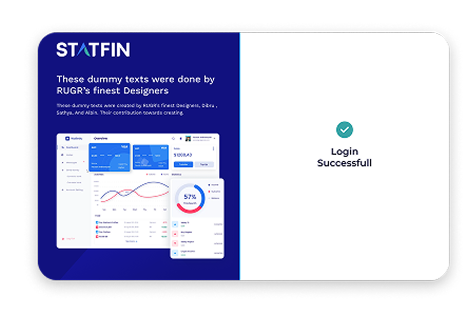Experience the Future of Risk-free Onboardings
-
Context-aware natural language search and discovery
-
Embark on a journey of data-driven decision-making
-
Single permission model for data + AI

A Negative Database is a verification check to identify whether an individual or an organization has previous involvement in criminal and fraud practices by stacking them against authorized sources like PEP lists, Blacklists, Sanction lists and others. A Negative Database verification is necessary to prevent Fraud and Financial losses, ensure Regulatory Complaince, protect Business Reputation and Speed up Decision-Making.
Authenticity & Accuracy : Ensures identity and background details are verified against official government or regulatory databases.
Fraud Prevention : Helps detect forged documents, false claims, and identity fraud, reducing hiring and business risks.
Regulatory Compliance : Assists businesses in meeting legal and compliance requirements for hiring and onboarding.
Faster & Reliable Verification : Speeds up the verification process with automated checks, improving efficiency and decision-making.

By checking people and organizations against a variety of negative databases comprehensive screening guarantees a full thorough and background check.


Real-time data checks regularly update records from worldwide sources to provide immediate verification.


Data is cross-checked against international regulatory agencies like OFAC, Interpol, RBI, SEBI, and FATF for Global Watchlist Monitoring.

Fraud and Crime Detection finds people or groups engaged in identity theft, financial crimes, or other fraudulent activity.


Risk Scoring & Flagging assists companies in prioritizing cases that need more research. Effective risk classification enables businesses to reduce dangers, safeguard their brand, and confidently make strategic choices.

Gathers relevant details such as name, ID, or business registration.

.svg)

Cross-check details against fraud lists, criminal records, and regulatory watchlists.

.svg)

Identify red flags and assign a risk score based on severity.

.svg)

Conduct additional checks to eliminate false positives and ensure accuracy.

.svg)

Generate a detailed report to support informed decisions.

.svg)
Checking people and organizations against databases that hold information on fraud, criminal activity, defaulters, legal infractions, and blacklists is known as negative database verification.